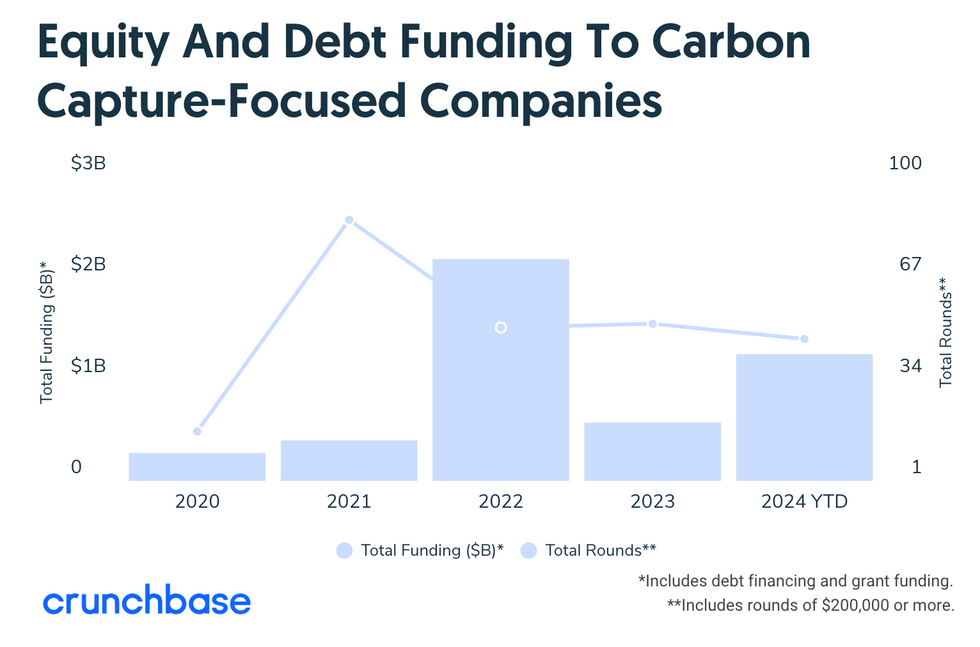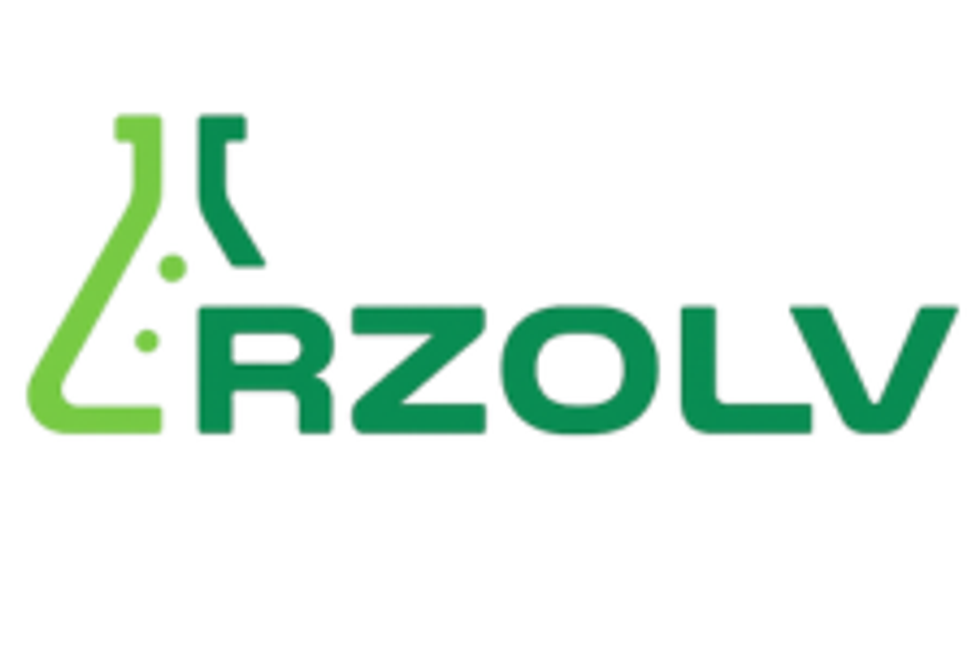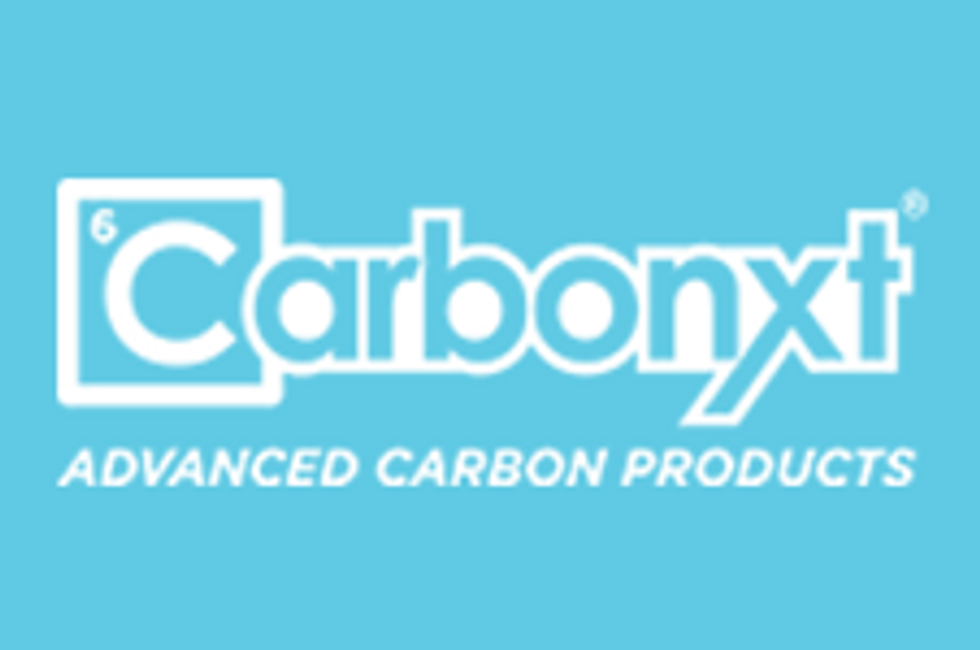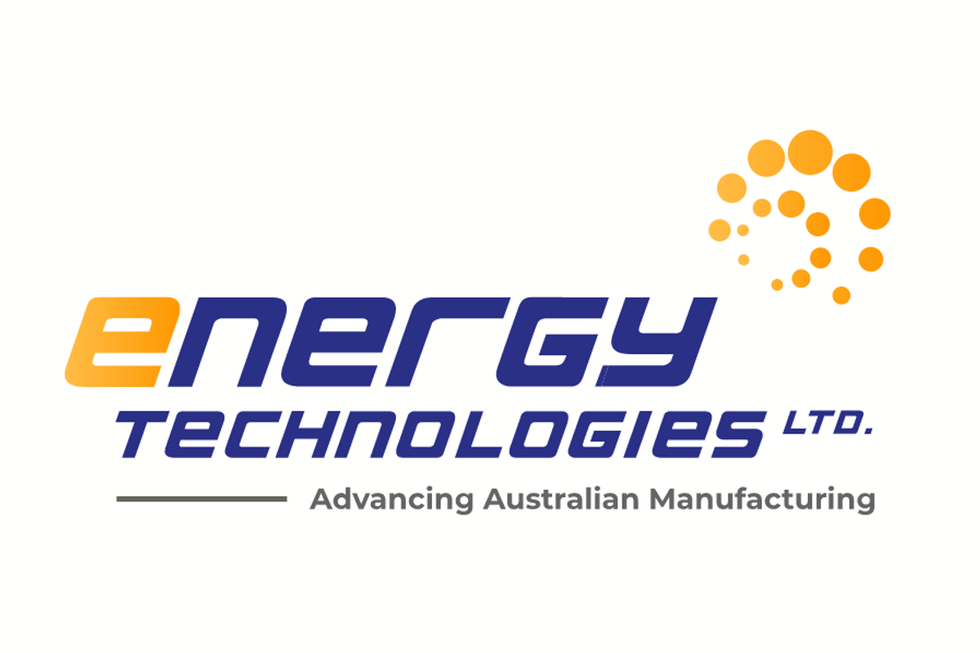Cleantech Market Update: Q3 2024 in Review
Growing power demand from the artificial intelligence sector brought attention to the cleantech industry in Q3, as did the US election.

The global energy transition continued to accelerate in Q3, driven by the rise of artificial intelligence (AI) and increasing demand for clean sources of power. This trend presents significant investment opportunities in the cleantech sector, with wind, solar and nuclear energy gaining attention as key areas of growth.
However, Donald Trump's recent re-election in the US has introduced uncertainty regarding the future of clean energy policies and investments in the country, adding a layer of complexity to the investment landscape.
Here the Investing News Network explores the state of the cleantech sector in Q3, examining recent developments, potential challenges and an outlook into the fourth quarter for investors.
AI continues to fuel clean energy demand
As AI continued to gain traction in Q3, awareness grew about the massive amounts of energy it requires.
In a September 3 note, BlackRock analysts Jean Boivin, Beata Harasim and Carolina Martinez Arevalo outline a three-phase roadmap for AI, stating that it's currently in the first stage.
This phase consists of data center buildouts, and the firm identifies economic opportunities for companies providing essential resources such as energy and utilities to support the transition.
Wind and solar have been the leading solutions to meet rising renewable energy demand.
Aaron Halimi, founder and president of California solar developer Renewable Properties, told PV Tech in September that there is greater demand for community solar projects — which are photovoltaic systems that generate power for multiple homes or businesses connected to the electric grid — than there are projects.
“The reason why large tech companies and data centers are participating in community solar is that they are seeing substantial delays in the large utility-scale projects that they have historically procured power from,” he said during an interview at RE+, North America’s largest renewable energy event.
The Gemini Solar + Storage project is one such example. The project, which is run by Quinbrook Infrastructure Partners and its portfolio company Primergy Solar, is one of the largest of its kind in the country. The operation's primary customer is NV Energy, the state’s main power utility. In Q2, Microsoft (NASDAQ:MSFT) signed a US$588 million financing and power purchase agreement with Primergy to purchase energy from the plant when it is operational.
The plant reached commercial operation in Q3, with Primergy reporting that it can generate up to 690 megawatts of renewable clean energy. That’s enough to power about 10 percent of Nevada’s peak power demand. This is significant because major tech companies like Switch, Google, Apple (NASDAQ:AAPL), Meta Platforms (NASDAQ:META) and Block (NYSE:SQ) are expanding their data center operations in the state, driving a surge in energy demand.
In contrast to the solar energy sector, private investment in wind energy appears to be slowing.
A quarterly market report from Oceantic Network on the US offshore wind market indicates that federal and state contributions have been more instrumental in driving its continued expansion.
New England, New Jersey, New York and Maryland signed new offtake agreements and opened new procurement rounds in Q3 as offshore wind farm construction progressed along the east coast.
In addition, the Bureau of Ocean Energy Management approved proposed construction plans for the Maryland Offshore Wind Project, the country’s 10th commercial-scale offshore wind energy project.
With Trump due to take the helm in the US once again in 2025, the future of the solar and wind industry may be subject to uncertainty given the potential energy policy changes under the new administration.
However, Q3 also witnessed a renewed interest in nuclear energy, a sector Trump has shown support for.
"We have to produce massive electricity," Trump said, referencing the power demands of AI during an interview with Shawn Ryan, a former Navy SEAL and host of “The Shawn Ryan Show," in August.
“If I’m president,” he continued, “we’ll do it through natural gas and nuclear."
On September 20, Microsoft signed a power purchase agreement with carbon-free energy producer Constellation Energy (NASDAQ:CEG) to supply the company with carbon-free nuclear energy from Unit 1 on Three Mile Island.
In terms of legislation, the House Appropriations Committee passed House Bill 8997 in July, which would funnel US$9 billion into two nuclear reactor demonstration projects and fund the deployment of one small modular reactor.
Carbon removal solutions key as green energy ramps up
Despite the push toward greener energy, renewable solutions haven't yet reached the scale needed to meet increasing demand, making carbon offset projects a crucial interim measure.
The US Department of Energy (DOE) has incentivized this market by pledging US$35 million to buy carbon removal credits. The DOE’s Office of Clean Energy Demonstrations built on this initiative on September 20, announcing an award of up to US$1.8 billion for commercial direct air capture facilities and infrastructure scaling platforms.
This strong governmental push toward carbon removal solutions appears to have encouraged investment in the sector in 2024. According to data from Crunchbase, businesses focusing on carbon capture, storage and transformation received the largest share of equity and debt financing this year, as well as ample seed funding.

Equity and debt funding to carbon capture-focused companies.
Chart via Crunchbase.
Likewise, major tech companies have given financial support to large-scale carbon offset projects.
Frontier, a buyer of carbon removal credits founded by Alphabet (NASDAQ:GOOGL), McKinsey, Meta, Shopify (NYSE:SHOP) and Stripe in 2022, enabled its fourth round of carbon removal pre-purchases in Q3.
Meta also entered into a carbon offset agreement with BTG Pactual Timberland Investment Group, the forestry arm of Brazilian investment bank BTG Pactual. Under the terms of the deal, which is Meta’s largest carbon removal initiative from a single project to date, the company will purchase up to US$3.9 million in carbon credits from Timberland through 2038. This follows a similar agreement struck between Microsoft and BTG Pactual in Q2.
Meta has pledged to contract a further US$35 million for carbon removal projects in the next year.
EVs gain market share, outlook uncertain post-US election
According to estimates from Kelley Blue Book, the US electric vehicle (EV) market expanded by 11 percent year-on-year in the third quarter of the year, reaching a record-high market share of 8.9 percent.
Tesla (NASDAQ:TSLA) led EV sales in the US with 166,923; however, its market share slipped from 49.7 percent in Q2 to 48.2 percent, challenged by legacy automakers Ford Motor (NYSE:F), General Motors (NYSE:GM) and Honda Motor (NYSE:HMC). Honda's growth was partly driven by sales of the Honda Prologue, a collaborative effort with GM.
Tesla’s sales growth also slowed in Q3, with the Elon Musk-led company selling only 1.7 percent more cars than it in the second quarter. Comparatively, sales grew by over 17 percent from Q1 to Q2. Nevertheless, the company’s share price has grown nearly 40 percent since releasing its Q3 results, which show that energy generation and storage and services drove revenue, while its profit margins benefited from US$739 million in regulatory credit.
An EV study from JD Power that explores consumer attitudes and behaviors toward EVs, shows that the slow expansion of public charging infrastructure continues to be a barrier to mass adoption. According to the US Department of Energy, there are 192,086 publicly available EV charging ports in the US out of a planned 500,000 by 2030.
With Trump’s election, the future growth rate of charging infrastructure is uncertain. Musk’s support of Trump during his campaign could dissuade Trump from implementing policies that would negatively impact Tesla; however, this is just speculation, and it remains to be seen how Tesla and the EV industry as a whole will be impacted.
Investor takeaway
The cleantech sector's future is promising, but faces challenges.
The growth of AI and renewable energy presents opportunities, but policy uncertainty under the Trump administration and infrastructure limitations will need to be addressed. Investors will have to monitor public policy decisions closely to navigate the evolving landscape and identify emerging opportunities in this dynamic sector.
Don’t forget to follow us @INN_Technology or real time updates!
Securities Disclosure: I, Meagen Seatter, hold no direct investment interest in any company mentioned in this article.





